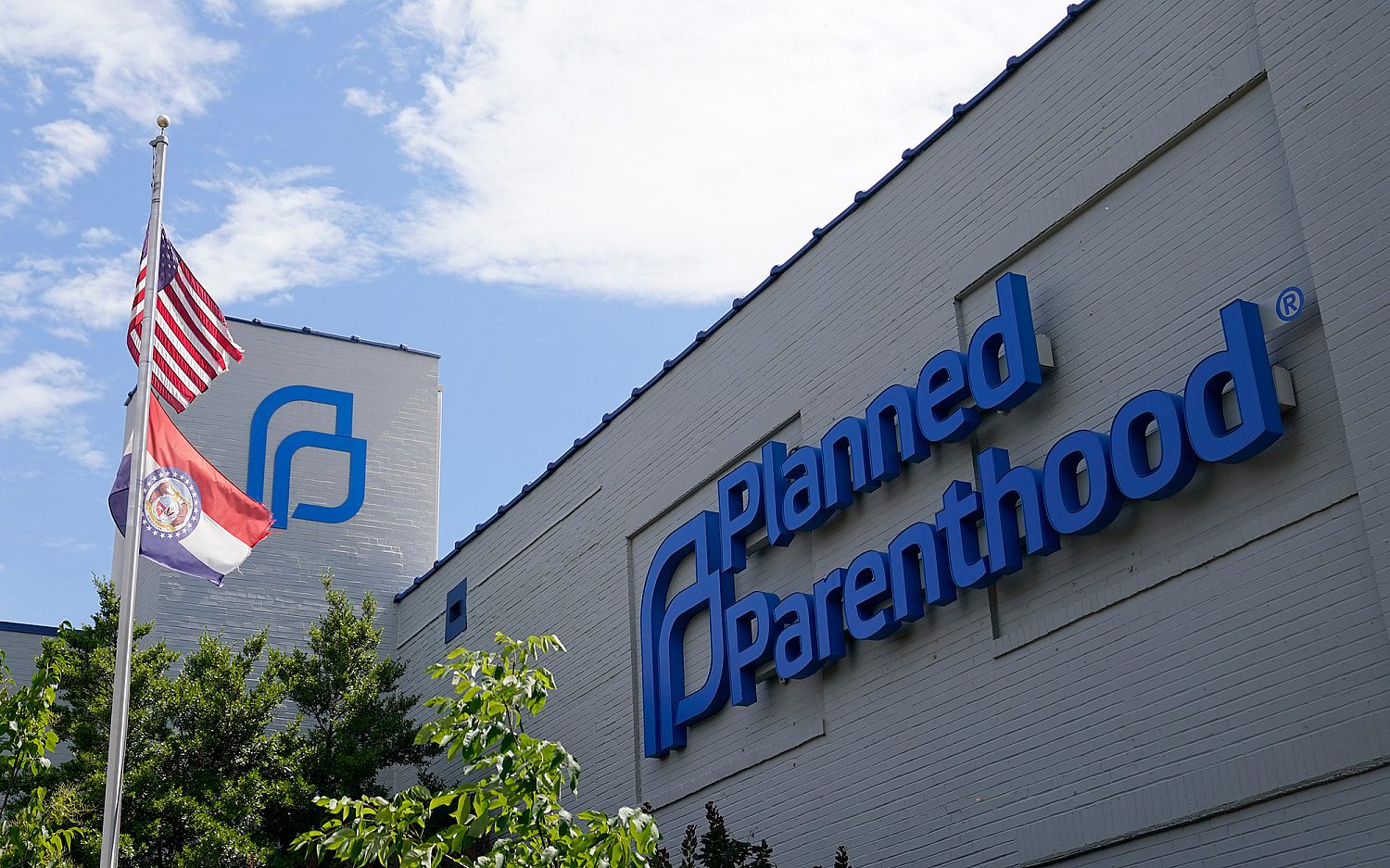A glut of cheap oil
Thanks to new drilling technology, U.S. workers have unlocked vast reserves of American crude oil and created a glut that is driving down prices. Horizontal drilling and hydraulic “fracking” techniques contributed $284 billion to the economy in 2012 and are being used in shale plays in Texas and North Dakota. Those two states are now the top producers in the nation, together pumping close to 4 million barrels a day.
The rejuvenated domestic production has pushed the United States to the verge of what some experts are calling a significant “domestic oversupply” of crude oil. On Wednesday The Wall Street Journal reported that an abundant supply of oil at Gulf refineries appears responsible for pushing the price of one American blend of crude about $10 a barrel beneath global oil prices.
Although it’s unbeneficial to producers, a drop in oil prices provides a boost to the overall economy, especially in the transportation sector.
“There’s going to be some effect on product prices, gasoline,” Benjamin Zycher, an economist and visiting scholar at the American Enterprise Institute, told me, adding that oil won’t stay cheap because the market, over time, will adjust to laws of supply and demand and the current low prices will rise.
The oil fracking revolution has been a boon for energy companies and for communities close to the drilling. In North Dakota, median household income has increased 10 percent since 2008, and last year the number of taxpayers in the state who listed more than $1 million of income on their tax returns nearly doubled. In addition, North Dakota’s unemployment rate is the lowest in the nation.
Pumping has boosted oil production in North Dakota sevenfold since 2008. This month, production from the state’s Bakken oil field is expected to reach 1 million barrels a day.
Much crude from U.S. oilfields is shipped to Gulf Coast refineries by train or pipeline. Figuratively speaking, this oil is piling up—it must be refined before it can be used domestically or exported. Because a 1970s-era ban on crude oil exports still exists in the United States, energy companies are unable to sell excess amounts outside the country.
“The glut is really the result of the proscription on exports,” said Zycher, who calls the continued ban “silly” and favors abolishing it.
Meanwhile, the Journal noted that the flow of oil to the Gulf is about to increase: In January TransCanada Corp. will begin pumping 700,000 barrels of crude a day through its new, $2.3 billion southern extension of the Keystone pipeline that runs from Oklahoma to Texas.
Construction of a proposed stretch of pipeline that would cut from Alberta to Nebraska, the Keystone XL, is still being held up by the Obama administration, ostensibly out of environmental concerns.
But Kenneth P. Green, an environmental expert at the Fraser Institute, wrote on Thursday how a new study suggests building the pipeline would benefit the environment by reducing the oil shipped in trucks. Although pipelines transported the vast majority of hazardous liquids (including petroleum products) between 2005 and 2009, they leaked less liquid into the environment than did trucks on the highway—11,000 gallons versus 14,000 gallons.
An actual newsletter worth subscribing to instead of just a collection of links. —Adam
Sign up to receive The Sift email newsletter each weekday morning for the latest headlines from WORLD’s breaking news team.





Please wait while we load the latest comments...
Comments
Please register, subscribe, or log in to comment on this article.